Vintage Hair : Defining the decades
Thursday June 6th 2013The 1920’s were a very decadent era, haircuts were short and blunt and dresses and underwear were loose giving a rather flamboyant appearance. Finger Waving was a very popular style and a notable image of the decade. Hair was very neat and shaped around the face. Women could then wear hats and bands and not interrupt the hairstyle that they spent so long creating.
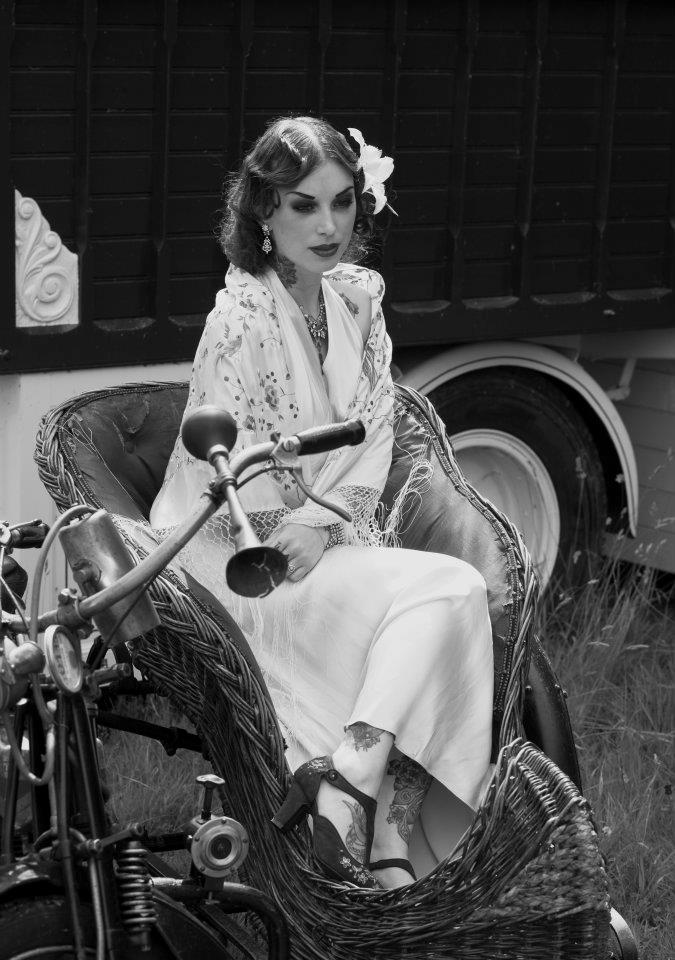
The 1930’s style had a more elegant edge. Hair was still short but softer, with curls tight and brushed around the nape of the neckline. We also saw a looser type of finger waving called the Marcel Wave, this was styled in the save way and set with pins yet the wave was smoother and softer around the face and the shape of the whole hairstyle. Long hair was also pinned and shaped into the nape of the neck.
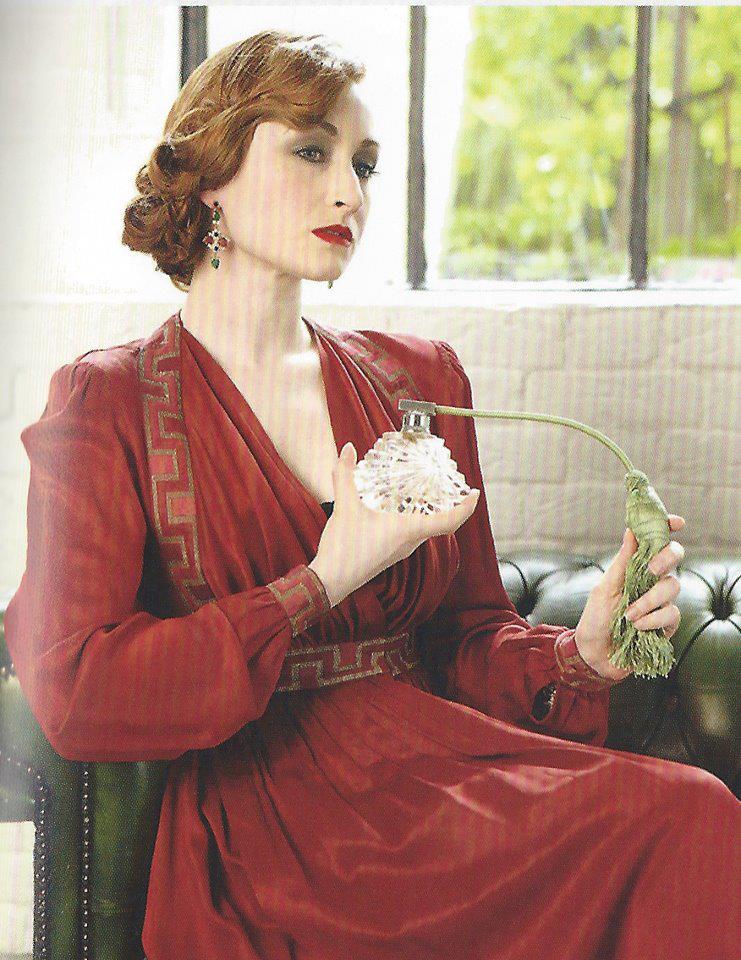
There was a notable change throughout the 1940’s and due to shortage of absolutely everything; the hairstyles from this decade were affected. Women began to experiment more with their hair and sculpted new fashionable hairstyles to compensate for the lack of available beauty products. An iconic hairstyle of this time was a Victory Roll; this was actually a fighter plane maneuver and consisted of a roll in a circle shape placed at either side of the front section of the head.
Women would create more height through the hair by introducing backcombing and I believe sugar and water, a popular styling product to sweep down the stray hairs. At the movies the stars were also taking these techniques to another level and hair would often be piled on top of the head with curls and swirls and rolls.
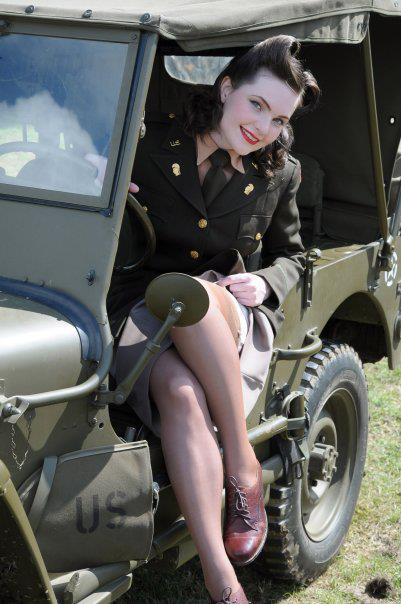
The 1950’s was an exciting decade, the beauty industry and recovered from the effects of war and actually exciting times were ahead for women with more and more beauty tools and items available on the market. Hairspray is the most revolutionary product of the 1950’s and was actually the best selling beauty product throughout the decade. Of course with such a product available on the market we saw a change in the women’s image and women were experimenting now with shorter fuller styles. Women also had the freedom to experiment more with their hair and have more of an individual identity. Popular styles of the decade include the traditional set, short and curly, straight and flicked bob and we saw the beehive start to creep in towards the latter end of the decade, a popular style with a great deal of backcombing on top of the head giving a lot height. Women now wanted to look different and change their appearance on a regular basis!
The latter end of the decade also saw the birth of the teenager and with this came a new hairstyle the ponytail; this hairstyle was actually made popular by Barbie. The hair was much longer than the style of the previous decades and the hair had height and still and then it would be banded either on the side or at the back.
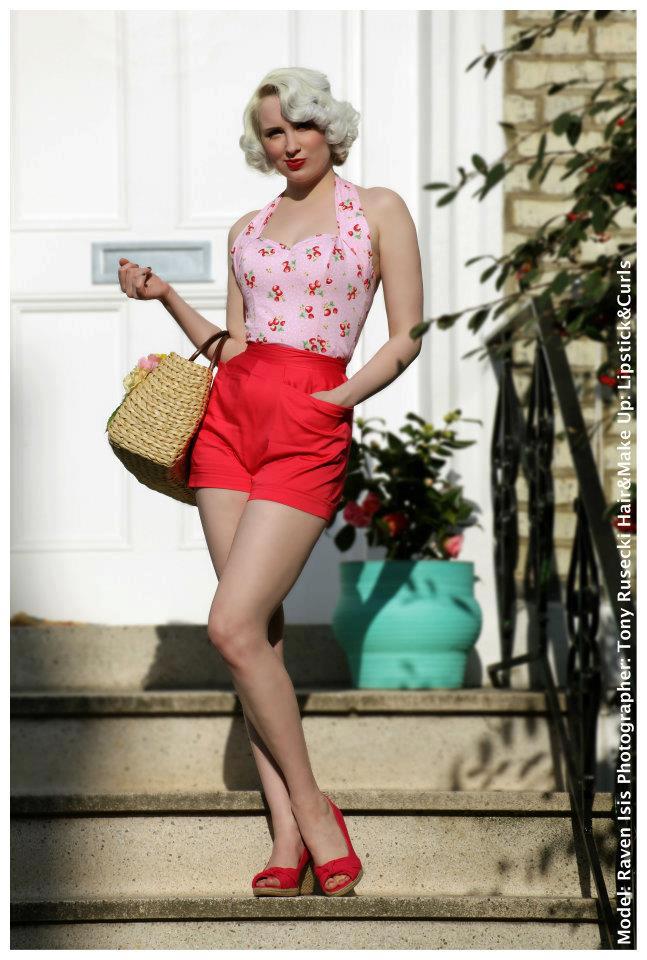
The 1960’s saw a great deal of change, Women were influenced by fashion and fashion was influenced by Art. The 1960’s image was very experimental. Women not only grew their hair long but also wore it flat and straight with the emphasis on shape, the fringe became popular teamed with A symmetrical shapes. It was a very important decade for a woman as they could experiment with their image and push the boundaries and conventions. It was the beginning of power hairdressing and the birth of the hair cut. This was an exciting time!
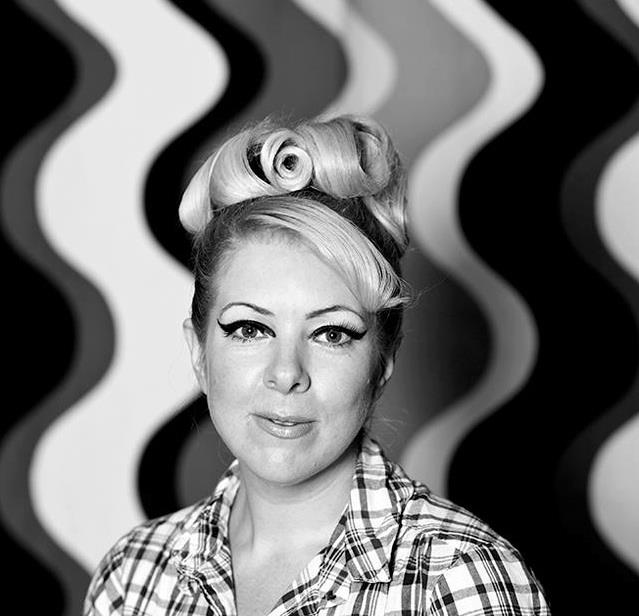
As we entered the 1970’s the hair began to get bigger again, and big loose curls became very fashionable. Every decade had it’s classic ‘up do’ and the 70’s was no different. Women would pile the hair on top of the head to create a style we are familiar with today called the ‘top knot’. This consisted of a smooth finish at the front of the head as the hair was pulled tight and piled on top of the head the shape and fullness was then created whilst twisting, backcombing and pinning the hair on top of the hair. Other famous and classic styles that the 70’s embraced were the bun and the chignon. Rather than scraping the hair tight, the hair was backcomb slightly and loosely shaped in a bun at the back of the head (either at the nape or higher up on the back of the head pinning tightly and pushing the hair forward to give even more height and fullness so the hair wasn’t flat to the head) I think this style looks almost Victorian in it’s shape proving that classic styles just keep getting pulled from history and women keep fashioning there own version of these classic and iconic styles.
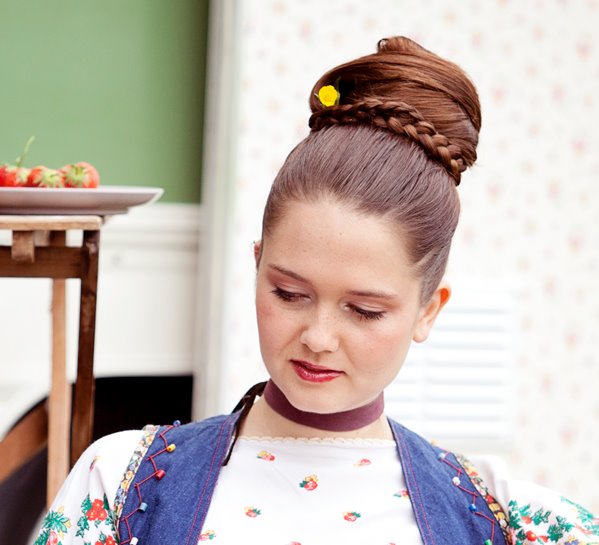
The decades that followed saw their fair share of changes too yet still referenced the classic decades of the 1920’s – 1970’s. With vintage more popular than ever I feel that women are taking a greater interest in hairstyling, tools and techniques of the past.
Amanda x
All Hair & Makeup Lipstick and Curls
